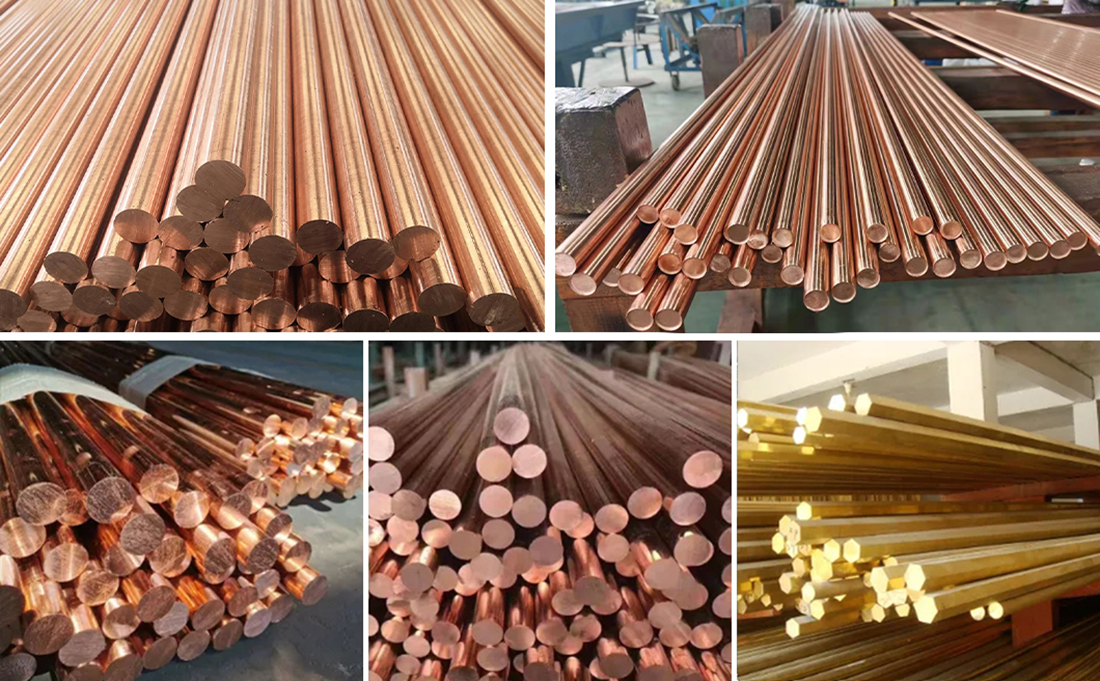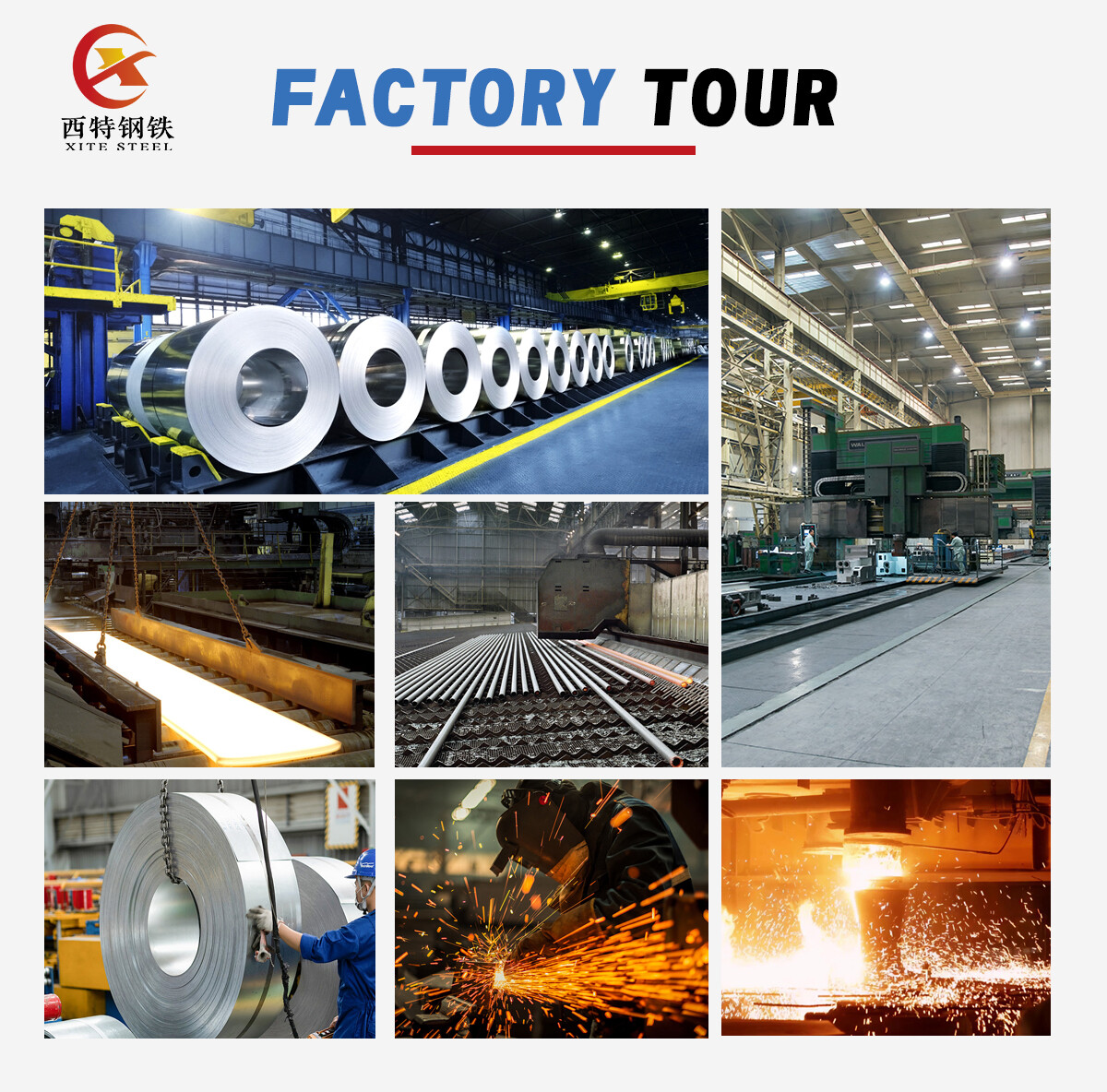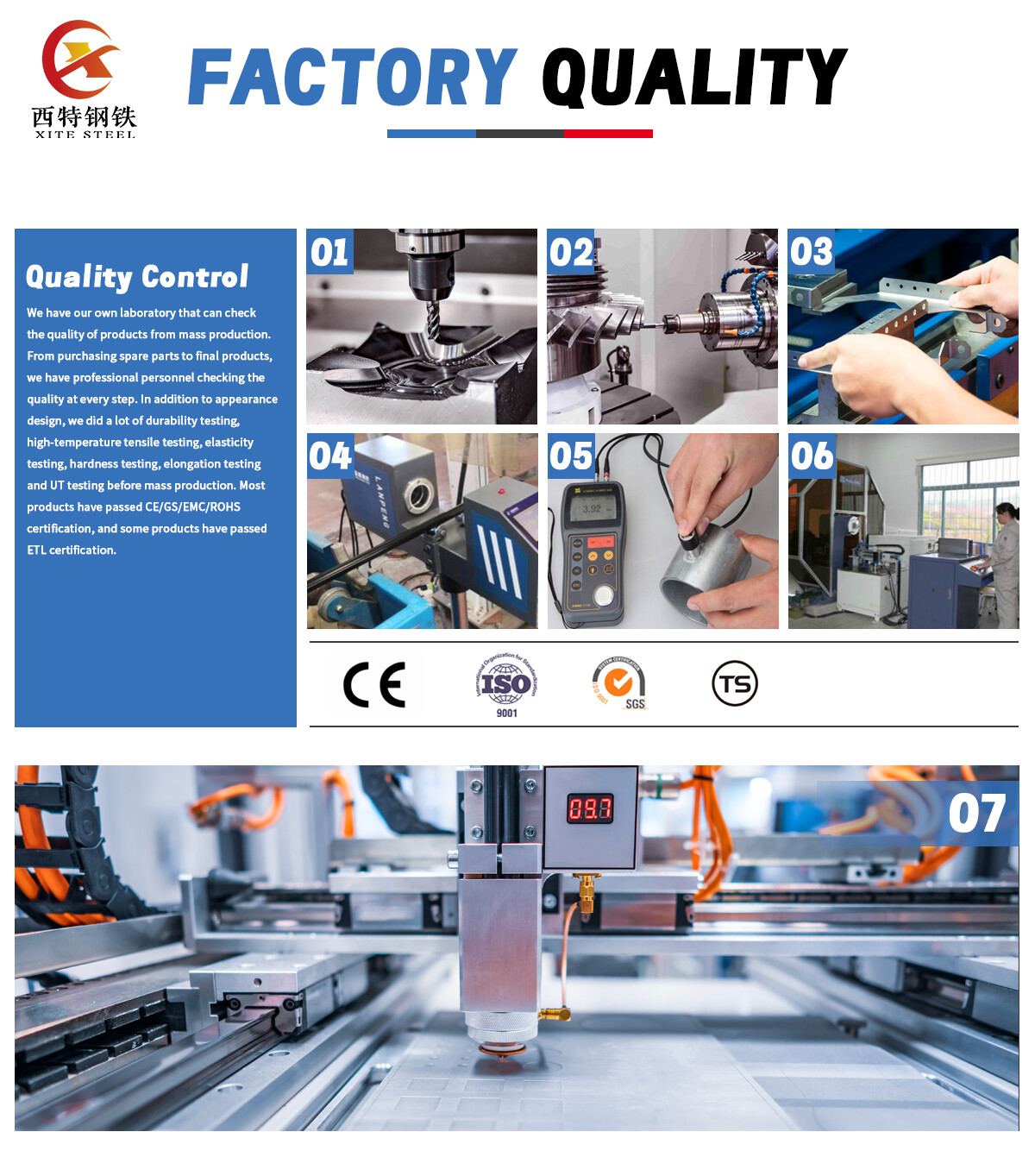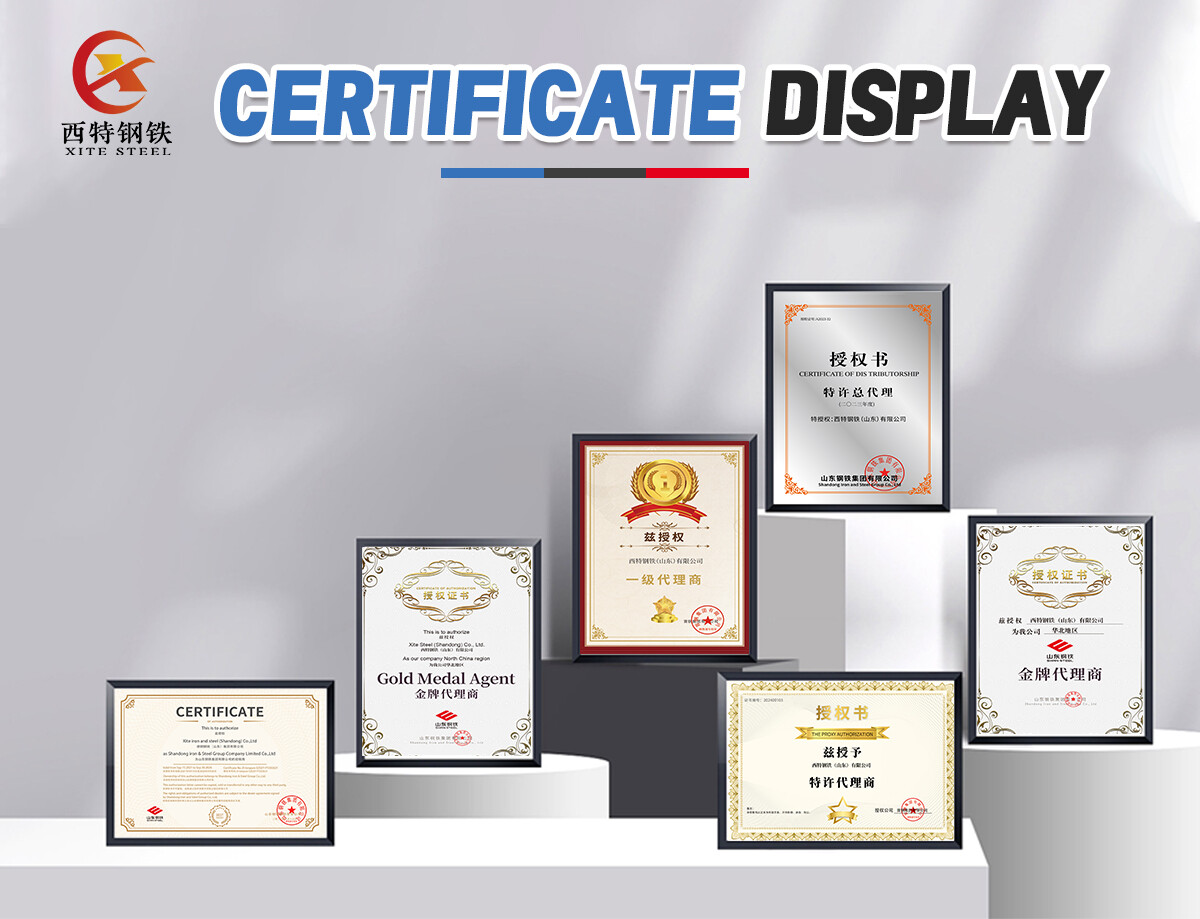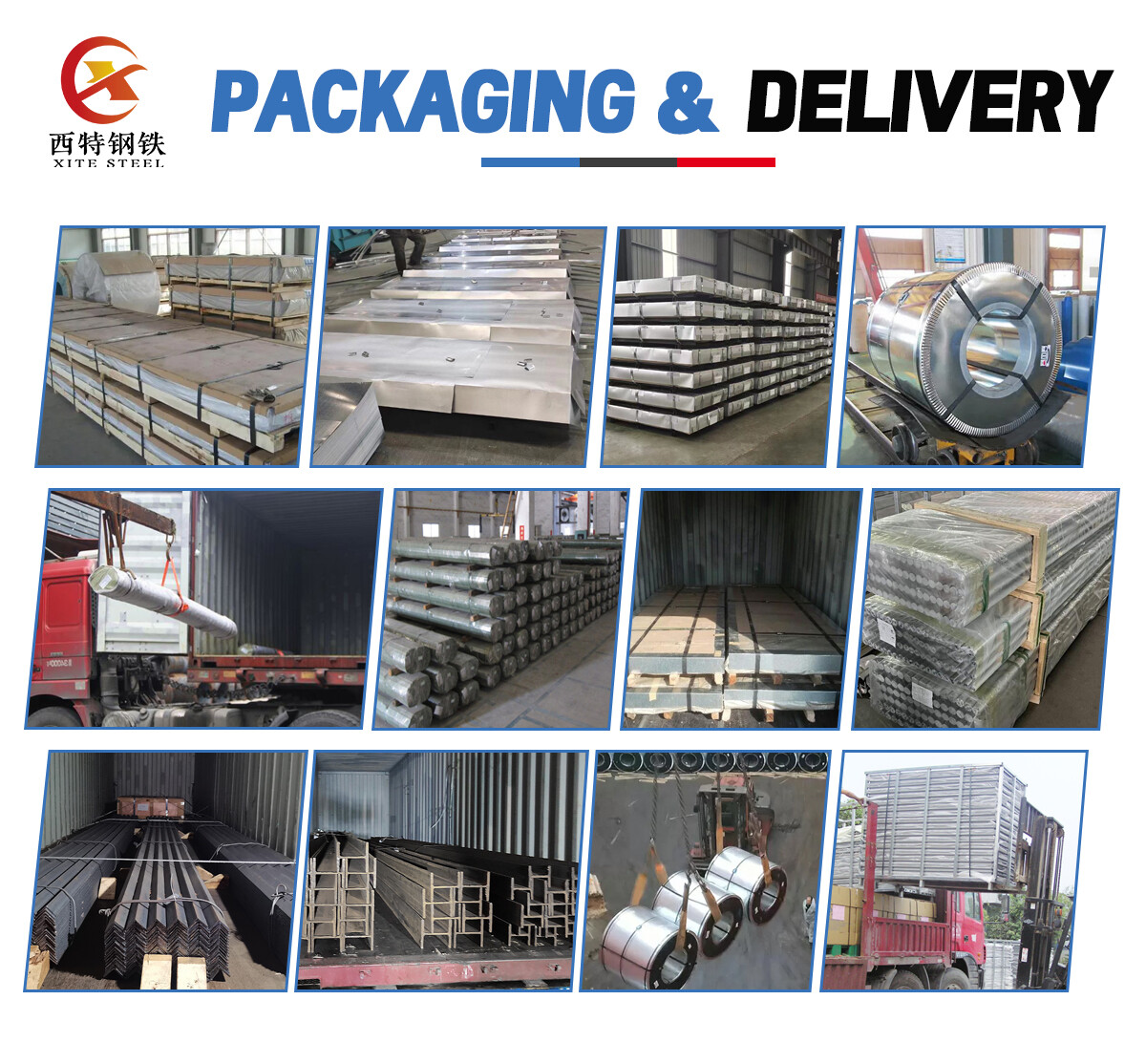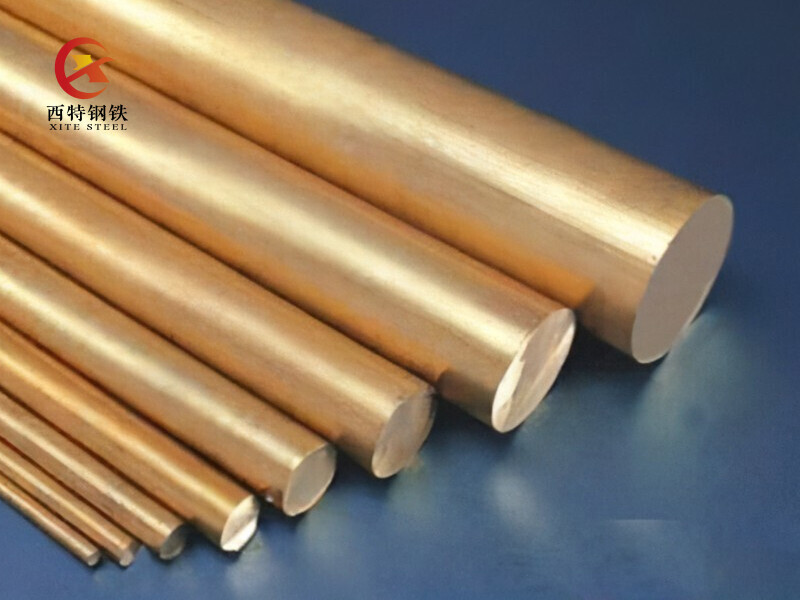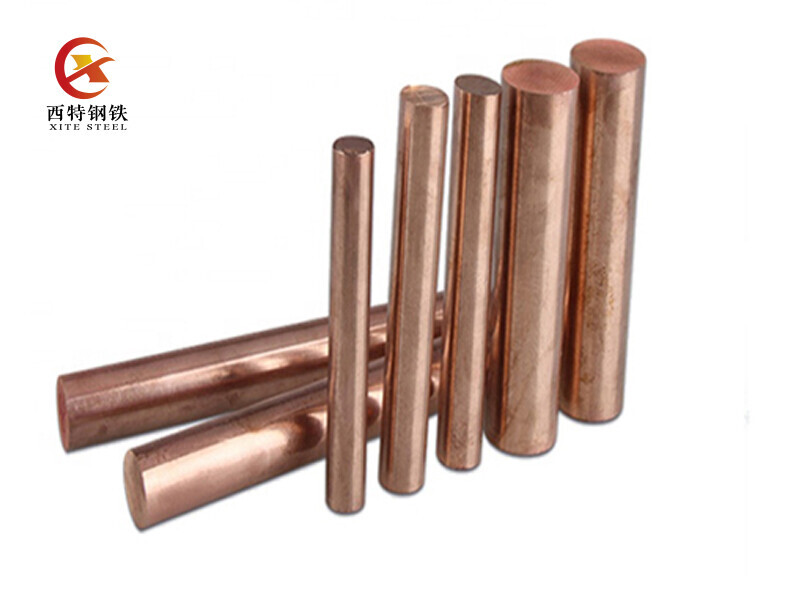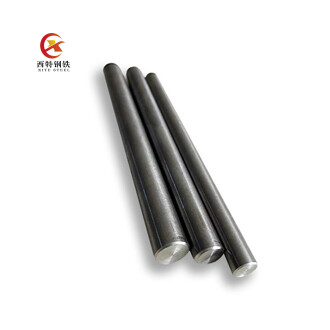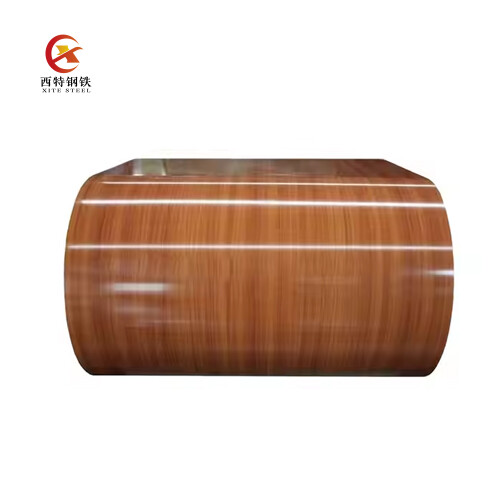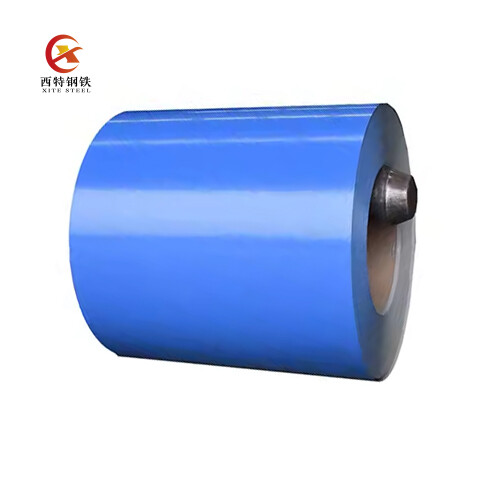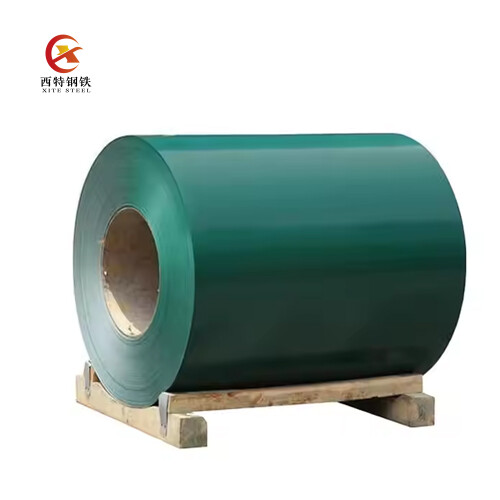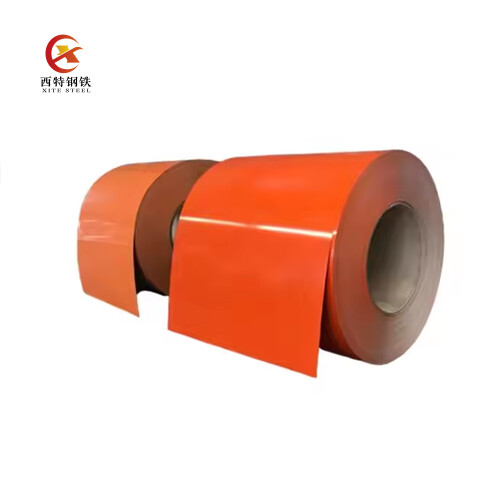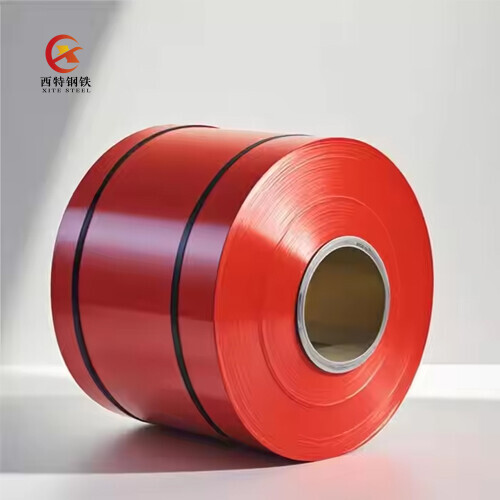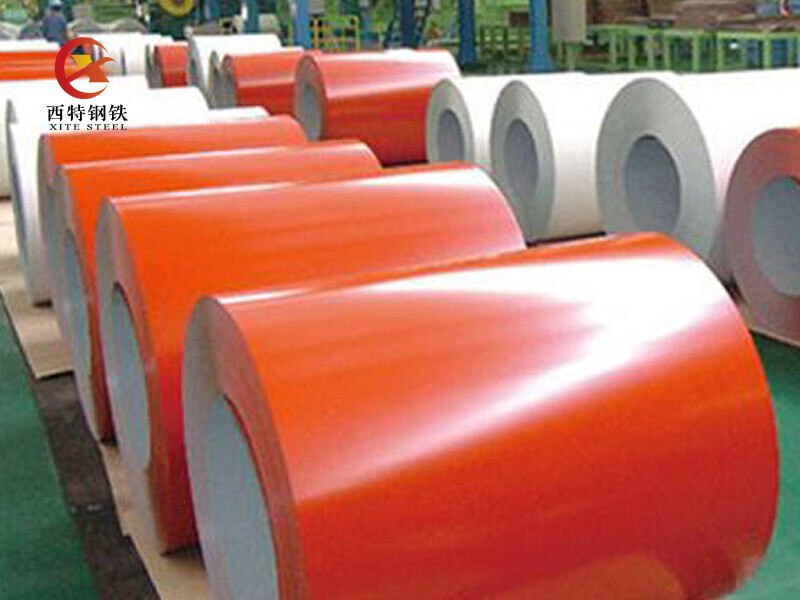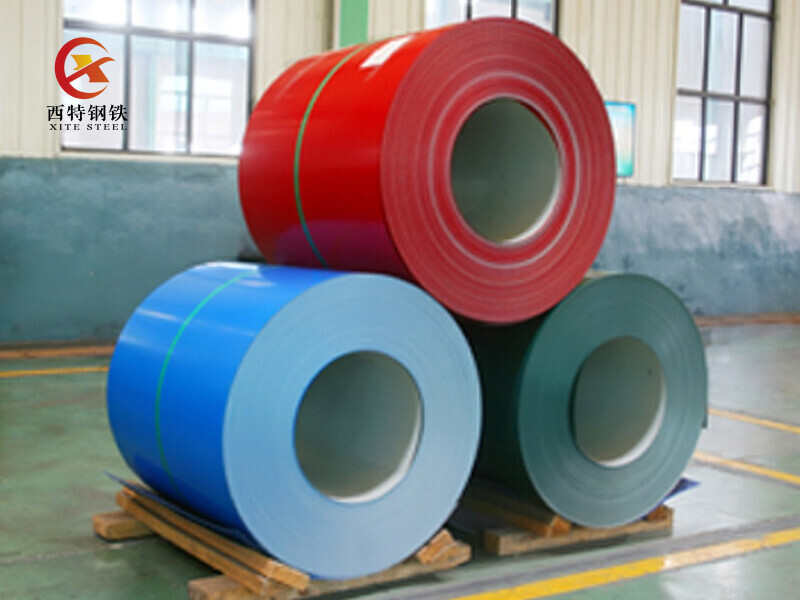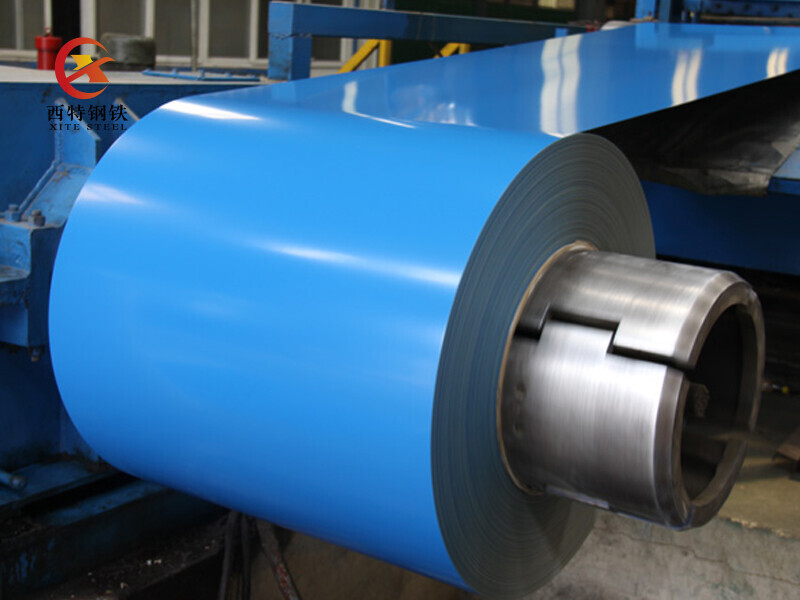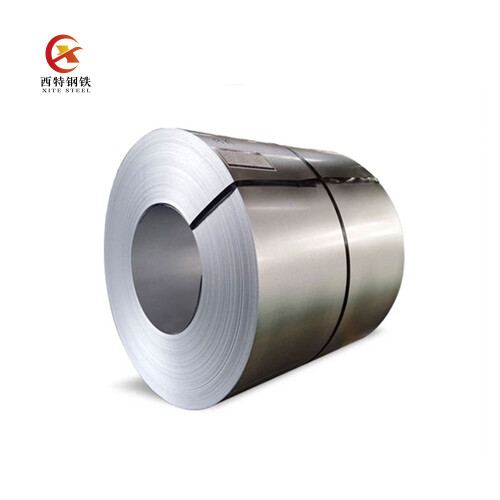Product Description
C10100 copper bar’s extremely high purity gives it excellent electrical and thermal conductivity, other than good plasticity and ductility, making it highly flexible in processing. In addition, C10100 copper alloy has exceptional corrosion resistance and can stay stable and unaffected in a range of environments, including marine environments. Besides, C10100 copper bars can be processed in a variety of ways, including rolling, drawing, die casting and forging with high purity and good physical properties. C10100 copper bars are suitable for manufacturing various bearings, screws, nuts and other mechanical parts as well as automobile parts. Due to its corrosion resistance and ability to withstand high temperatures and pressures, C10100 copper bars are also used in the manufacture of chemical equipment and chemical reactors.
Product parameters
| Diameeter | 3mm-800mm, or customized | Length
| 500-12000mm, or customized |
| Processing | Customized | Standard | ASTM, AISI, JIS, GB, DIN, EN |
Brand
| C10100, C10200, C10300, C10400, C10500, C10700, C10800, C10910, C10920, C10930,C11000, C11300, C11400, C11500, C11600, C12000, C12200, C12300, C12500, C14200,C14420, C14500, C14510, C14520, C14530, C17200, C19200, C21000, C23000, C26000,C27000, C27400, C28000, C33000, C33200, C37000, C44300, C44400, C44500, C60800,C63020, C65500, C68700, C70400, C70620, C71000, C71500, C71520, C71640, C72200,T1, T2, T3, TU1, TU0, TU2, TP1, TP2, TAg0.1, ect. |
| Surface | Grinding, Polishing, Brightening, Oiling, Hair Thread, Brush, Mirror, Sandblasting or Processing As Required |
| Certification | ISO, SGS, BV | Payment Method | FOB, CRF, CIF, EXW Acceptable |
| Port of Loading | Any port in China | Delivery Time | Received 30% after deposit 7-15 working days |
Chemical Composition
| C | Ca | Zn | Pb | P | Hg |
| ≥99.90 | ≤0.0001 | ≤0.0001 | ≤0.001 | ≤0.0003 | ≤0.0001 |
| Se | S | As | Bi | O | Impurity |
| ≤0.001 | ≤0.0018 | ≤0.002 | ≤0.001 | ≤0.001 | - |
Mechanical behavior
| Tensile strength σb (MPa): | Elongation δ10 (%): | Elongation δ5 (%): |
| ≥275 | ≥5 | ≥10 |
Application scope
| Copper uses and application areas |
| Power Industry: | Power transmission such as line cables, transformers, switches, plug components and connectors; motor manufacturing such as stators, rotors, shaft heads and hollow conductors; communication cables and residential electrical lines also require a large amount of copper wires. |
| Electronics industry: | Electric vacuum devices such as high-frequency and ultra-high-frequency launch tubes, transition tubes, magnetrons, etc., require high-purity oxygen-free copper and dispersion-strengthened oxygen-free copper. Copper printed circuits require large amounts of copper foil and copper-based soldering materials. In integrated circuits, copper is used as interconnects and lead frames instead of aluminum in silicon chips. |
| Energy and petrochemical industry: | The main condenser tube sheets and condenser tubes in thermal power plants in the energy industry are made of brass, bronze or cupronickel. Solar heaters are also often manufactured using copper tubing. Copper and many copper alloys in the petrochemical industry are widely used in the manufacture of various containers, piping systems, filters, pumps and valves, various evaporators, heat exchangers and condensers that are exposed to corrosive media. |
| Transportation industry: | In the shipbuilding industry, copper alloys include aluminum bronze, manganese bronze, aluminum brass, gun metal (tin-zinc bronze), white copper and nickel-copper alloy (Monel), etc., which are all standard materials for shipbuilding. In warships and merchant ships, copper and copper alloys are generally used as aluminum bronze propellers, bolts, condenser tubes, rivets, copper-containing coating paint, etc. In the automotive industry, copper and copper alloys are mainly used in radiators, brake system pipelines, hydraulic devices, gears, bearings, power distribution and power systems, brake pads, washers, and various joints, accessories and trims. Motors, rectifiers and control, braking, electrical and signaling systems on railway trains also rely on copper and copper alloys to work. In addition, the electrification of railways has created a huge demand for copper and copper alloys. |
| Mechanical and metallurgical industry: | In addition to the large amount of copper used in motors, circuits, hydraulic systems, pneumatic systems and control systems, mechanical engineering also requires various transmission parts and fixing parts, such as cylinder liners, connectors, fasteners, gears, twisting parts, etc. Use copper or copper alloy to reduce wear and lubricate. |
| Light industry: | Copper and copper alloys can be used to manufacture heat exchangers for air conditioners, clock movements, mesh cloths for paper machines, rollers, printing copper plates, fermentation tank linings, distillation pots, building decoration components, etc. |
FAQ
Q: Do you accept third-party inspection?
A: Yes, we absolutely accept it.
Q: Do you provide samples? Free or extra?
A: The cost of samples is calculated based on the value. Shipping fee is necessary.
Q: Do you have a large inventory of steel?
A: Yes, we have a large indoor warehouse with a total annual spot inventory of more than 200,000 tons.
Q: What is your delivery time and supply capacity?
A: The delivery time is usually within 15~28 working days, and we can supply about 10,000 tons per month.
Q: How to order?
A: Buyer sends inquiry-->Buyer gets quotation-->Order confirmation-->Buyer sends deposit-->Seller prepares goods-->Seller strictly inspects-->Buyer arranges balance payment-->Packaging and delivery.
